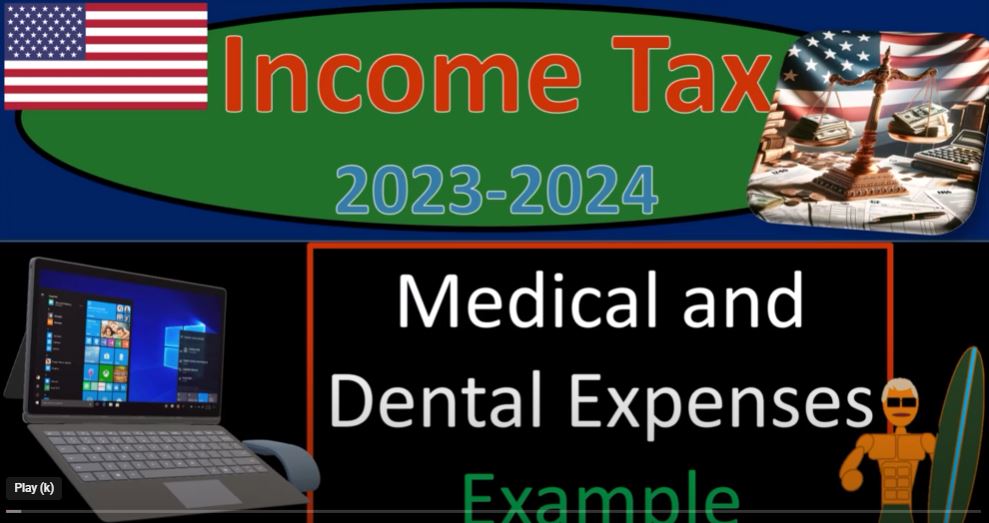Get ready with your coffee because we’re diving deep into income tax preparation, specifically focusing on medical and dental expenses for the tax years 2020 and 2023. While facing the tax man might feel like battling a relentless dragon, understanding the intricacies of tax deductions can empower you to navigate the process more effectively.
Let’s start with a hypothetical taxpayer, Adam, residing in the lavish neighborhood of Beverly Hills (90210), filing as a single individual with no dependents. Adam’s income, reported on his W-2 form, stands at $100,000, with a standard deduction of $13,850, leaving his taxable income at $86,150.
Using tax software, we can swiftly calculate Adam’s tax liability to be $14,266, as reflected on page two of the Form 1040. Now, let’s delve into itemized deductions, specifically focusing on medical and dental expenses, which can only be claimed if they exceed the standard deduction threshold.
Entering Adam’s medical expenses into the tax software, let’s say $10,000, we encounter a crucial aspect—the floor of 7.5% of Adjusted Gross Income (AGI). This means Adam needs to surpass $7,500 (7.5% of $100,000) before his medical expenses begin to provide any tax benefit.
Considering Adam’s scenario, his medical expenses fall short of clearing this floor, reducing his deductible amount to $2,500. As a result, solely relying on medical expenses might not be sufficient to push Adam into itemizing deductions, especially for higher-income individuals.
However, owning a home could significantly alter the equation. Adding mortgage interest ($12,000) and property taxes ($6,000), Adam’s total itemized deductions now reach $21,705, surpassing the standard deduction threshold. Consequently, Adam opts for itemized deductions, reducing his taxable income to $78,295 and his tax liability to $12,052.
But what if Adam were married? In such a scenario, with a doubled standard deduction of $27,700, his itemized deductions may no longer surpass the standard deduction threshold, even with the same expenses. This highlights the pivotal role homeownership plays in determining whether itemizing deductions is advantageous.
When it comes to claiming medical expenses, it’s essential to consider various factors, including income level, other itemized deductions, and homeownership status. While tracking medical expenses is vital for some taxpayers, it may not always yield substantial tax benefits, especially without surpassing the AGI floor.
Moreover, understanding the nuances of health insurance deductions is crucial. For employees, health insurance premiums already deducted from wages cannot be double-counted as itemized deductions. Conversely, self-employed individuals may qualify for an above-the-line deduction for health insurance premiums, offering a more favorable tax treatment.
In conclusion, while medical and dental expenses can potentially reduce tax liabilities, their impact depends on various factors, making tax planning a nuanced endeavor. By leveraging tax software and understanding deduction rules, taxpayers can navigate the complexities of income tax preparation more effectively.

